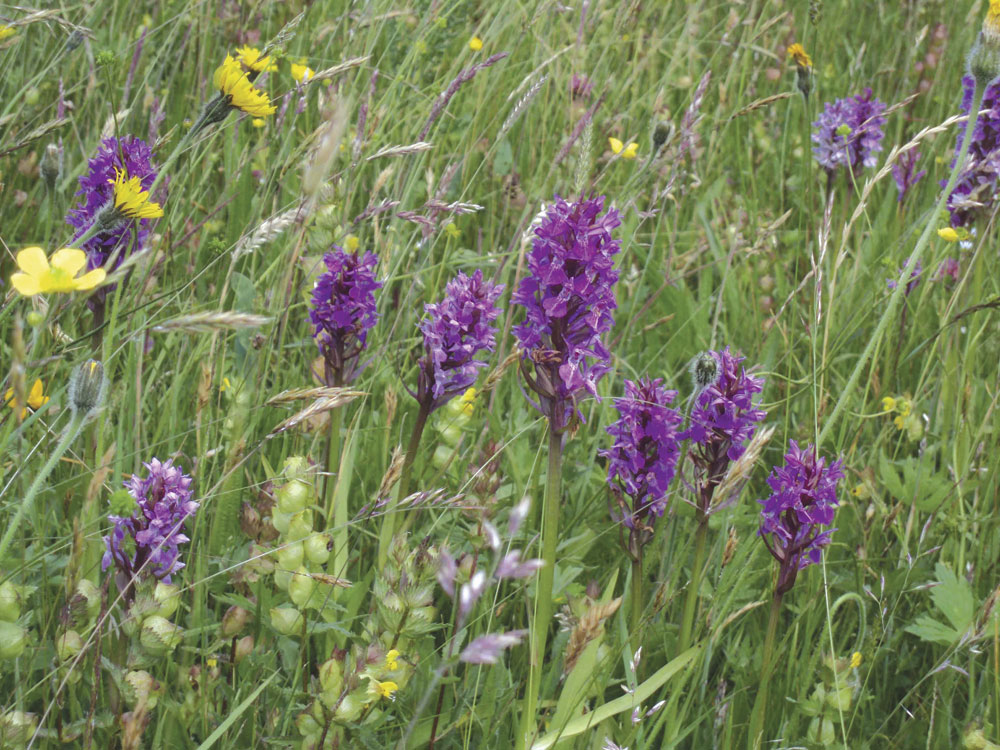Translocation Success

A report on 10 years of monitoring following translocation of part of a species-rich neutral grassland to a receptor site at Tarmac’s Durnford Quarry
Planning permission was granted on 16 September 1997 for the extension of Tarmac’s Durnford Quarry, near Bristol, to a new area, part of which comprised a species-rich neutral grassland of high conservation value. In order to carry out mineral extraction it was necessary to translocate the meadow at the extension site and carry out long-term management and monitoring of the habitat.
Translocation of the meadow
The ecological, physical and chemical conditions at the meadow site were fully evaluated to ensure an appropriate understanding of the habitat, and the carefully selected receptor site was prepared to minimize differences from the donor site. Detailed specifications and method statements were prepared for the translocation by environmental technical advisors MJCA.
After four years of detailed surveying, nearly 14 acres of the meadow were relocated to the new site at Ashton Hill Field in winter 1998-9. The translocation of the meadow was undertaken by Alaska Environmental Contracting, one of the most experienced translocation contractors in the UK, and the work was supervised by an experienced ecologist. Over 100,000 turves were moved, all of which are still alive and thriving.
Monitoring the Durnford meadow
A team from the University of Wolverhampton has studied this flower-rich meadow at Durnford Quarry for 14 years – four years prior to the translocation and 10 years after the translocation. The meadow contains nearly 100 different kinds of flowering plant, including six kinds of orchid and a number of other notable species such as adder’s-tongue fern. Once typical of the British lowlands, this type of old meadow has become increasingly rare as a result of agricultural improvement.
The University of Wolverhampton assessed the condition of the new meadow, and compared it with a similar area, which was not moved, every year for 10 years. They undertook botanical and insect surveys and studied the weather and the physical and soil conditions.
After a brief period in which the soils, fauna and flora of the new meadow responded to the disturbance, the relocated meadow has now largely regained its nature conservation value without loss of plant species or significant replacement by less-typical ones, or any major changes to soil chemistry. The insect species in the relocated and the remaining meadow have also settled down into similar, definable communities. Over the years of monitoring an understanding about how to manage the meadow has been obtained and it is apparent that variation from year to year has been greatly influenced by annual weather patterns.
The 10-year monitoring period ended in 2008. It has been demonstrated that the translocation succeeded in its aim of maintaining the diversity and significant species which are present in the unimproved neutral grassland habitat in the translocated meadow at Durnford Quarry. In addition, the experience obtained from the planning, performing and monitoring of the translocated habitat provides a valuable contribution to the information base of best practice in this specialized area.
For further information visit: www.mjca.co.uk; or www.tarmac.co.uk; or: www.tarmac.co.uk/durnford/about.html


